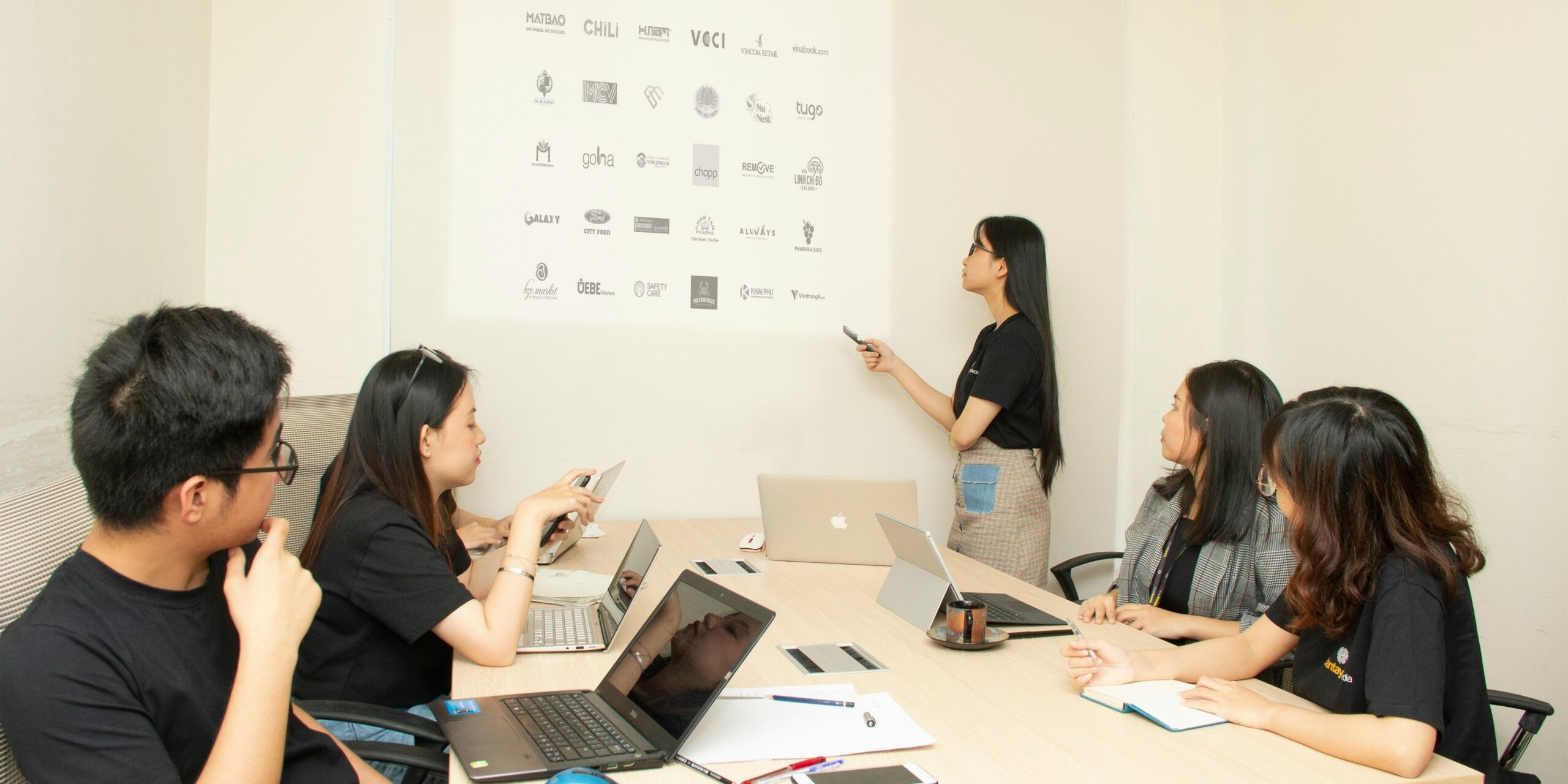Imagine a world where onboarding training is not just a one-time event, but a performance-based solution that continuously transforms new hires into valuable team members. This dream can become a reality with the right approach to onboarding training performance.
But how does one achieve this transformation? This blog post will reveal eight tips for a successful onboarding training program that is performance-based and designed to set employees up for success from day one.
1. Set clear performance goals and expectations
Establishing clear goals and expectations at the beginning of onboarding is crucial. By doing so, new hires understand what they need to achieve and the specific performance standards required in their role. A generic L&D professional suggests, “Setting expectations early helps drive motivation, accountability, and employee engagement.”
2. Use a blended approach to learning
Combining traditional classroom training with online learning and on-the-job training creates a more engaging and effective learning experience. This blended approach allows employees to learn at their own pace and apply what they’ve learned in real-world situations.
3. Personalize the onboarding process
Recognize and accommodate individual learning styles and preferences. Personalizing the onboarding process ensures that new hires can efficiently acquire and retain information, ultimately leading to improved performance.
4. Provide ongoing support and coaching
Ongoing support and coaching are essential to the success of any performance-based onboarding training program. Regular check-ins and opportunities for feedback help new hires stay engaged, motivated, and focused on achieving their performance goals.
5. Use metrics to evaluate progress
Track employee progress and performance throughout the onboarding process. By monitoring key performance indicators (KPIs), you can identify where improvements can be made and adjust your onboarding training program accordingly.
6. Recognize and reward success
Acknowledging and celebrating employee success, both big and small, can significantly impact morale, motivation, and performance. By rewarding achievements, organizations can encourage a culture of continuous improvement.
7. Foster a culture of learning and development
Encourage a culture that values continuous learning and development. When employees understand that their organization prioritizes their growth, they are more likely to stay engaged and committed to their performance goals.
8. Leverage Learnexus for your onboarding training needs
Learnexus is the perfect platform for managers looking to find and hire highly skilled freelancers in Learning & Development. With a 47% cost-saving compared to traditional methods, a single master services agreement, and a streamlined hiring process, Learnexus makes it easy to create and implement an onboarding training program that is both performance-based and transformative.




